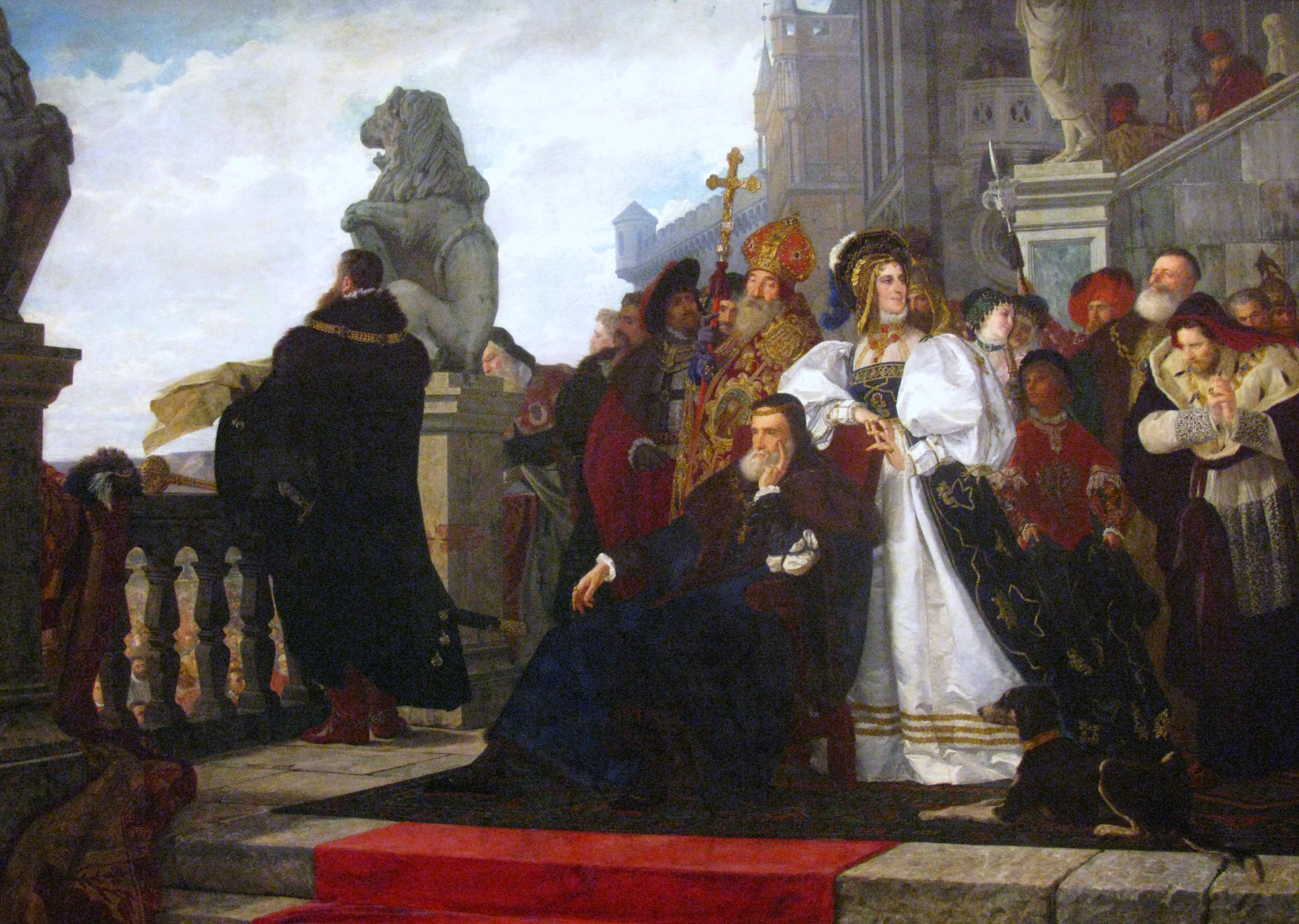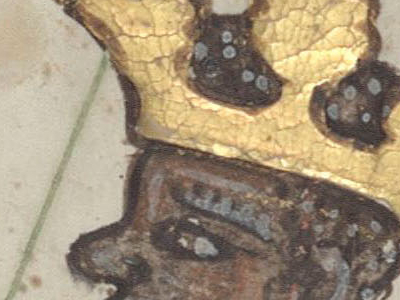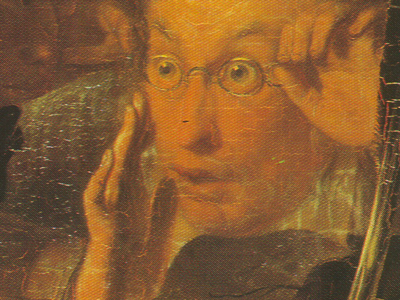Sometime in 1552 the international creative genius who is known simply as ‘Anon’ was working in Poland-Lithuania, where he composed a mournful lament entitled Napis nad grobem zacnej Królowej Barbary Radziwiłówny [Inscription on the tomb of the noble Queen Barbara Radziwiłł’]. Barbara, the highly-controversial wife of King Zygmunt II August, had died in distressing circumstances in early May 1551, at the age of about 30 – her exact birth year is uncertain. She was a daughter of Jerzy Radziwiłł, the Grand Hetman, or chief military officer and viceroy, of Lithuania, then a semi-autonomous part of the Polish realm. Her family were hugely powerful in Lithuania, where Barbara’s first husband had been Stanislovas Goštautas, a wealthy and politically influential nobleman. She was widowed in 1542 and most of her husband’s estate then passed by due legal process to the Polish king Zygmunt I in his right as Grand Duke of Lithuania. Early in the following year he in turn transferred the Goštautas estate to his son, Zygmunt II August (born in 1520).
Barbara, the highly-controversial wife of King Zygmunt II August, had died in distressing circumstances
Later in 1543 Zygmunt August, with his young, epileptic and pitifully unloved wife, Elizabeth of Austria, visited Lithuania in person to inspect these newly-acquired properties, and there he apparently met and became infatuated with the beautiful widow Barbara Radziwiłł Goštautas. Conveniently, as some certainly saw it, the frail and epileptic Elizabeth died in Vilnius in June 1545 aged 18. Zygmunt and Barbara quickly became lovers, even while his parents were scouring Europe looking for suitable candidates to replace Elizabeth – one highly-regarded candidate was Princess Mary of England (Mary Tudor), a match which, had it taken place, might have dramatically altered the course of European history. Imagine an Anglo-Polish dynasty, no Elizabeth I, no Stuart succession ... pointless, but a fascinating speculation.
Incidentally, you may notice an oddity here – Zygmunt II was already King of Poland, even though his father Zygmunt I Stary [‘the Old’] was still alive. This was the result of careful manoeuvres by the main subject of this article, Queen Bona Sforza, wife of the older Zygmunt and mother of the younger. Because hers was the only surviving son of Zygmunt, Bona had arranged that, to try to guarantee his eventual accession to the Polish throne, he should be crowned vivente rege [‘during the lifetime of the king’] at the age of nine, in 1529. Therefore, for almost twenty years, until Zygmunt I died in 1548, Poland had two crowned kings, father and son.
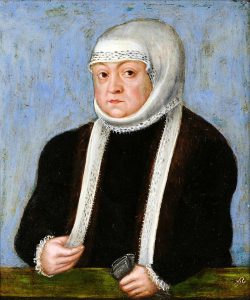
English and French princesses, Italian and German grand duchesses – none of these had any appeal for young Zygmunt, now 27 years old. He and Barbara married in great secrecy during the summer of 1547. It is possible that she was pregnant, for in November it was alleged that she had had a miscarriage. Eventually, in February 1548, Zygmunt informed his parents of their marriage. The news went public, and there was uproar and outrage among royal and noble circles. He had married secretly and without the approval of the sejm, or parliament, to a woman whose name was soon blackened and vilified – she was accused of promiscuity, seduction and witchcraft. Her family, the great Radziwiłł clan, were (perhaps not unreasonably) accused of profiteering from the connection and, less plausibly, of having engineered the whole affair. For her own safety, Barbara stayed in Lithuania.
A Mysterious Death
But Zygmunt I Stary, the old king, died on 1 April 1548, and Barbara’s husband therefore succeeded his father as the sole king, now holding full royal authority. She was now at least technically Queen of Poland and Grand Duchess of Lithuania. Zygmunt II August flatly refused all attempts by the nobility, and by his fiercely-antagonistic mother Queen Bona Sforza, to persuade him to annul the marriage and reject his beloved Barbara. In late autumn he decided to bring her to Poland, in order to demonstrate their married status and to prepare for her formal elevation to Queen, and they ceremonially entered Kraków, the capital, on 13 February 1549. During the following months Zygmunt negotiated with the pope to allow Barbara to be crowned as his legitimate wife (the quid pro quo being the issuing of an edict against heresy in Poland), and he wore down the most vehement noble opposition by bribery, threats and political pressure. The most outspoken opponent of the marriage, his mother Bona Sforza, was silenced by being sent into internal exile in Mazovia, the area of north-east Poland close to Warsaw. On 7 December 1550 Barbara was formally crowned as Queen of Poland at the cathedral of Wawel in Kraków.
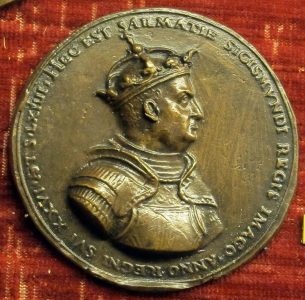
Almost immediately, though, she became seriously ill. Ever since 1547 she had complained of sickness and stomach problems, but now her condition worsened. Although in March 1551 she seemingly won one major battle, when Bona Sforza sent a message acknowledging Barbara as her daughter-in-law, she continued to deteriorate, with stinking pus-filled lumps or cysts on her body, diarrhoea, and constant nausea. She died on 8 May 1551 and on 23 June was buried in the cathedral of Vilnius in her Lithuanian homeland, her grief-stricken widower having walked beside the coffin for much of the long journey from Kraków.

